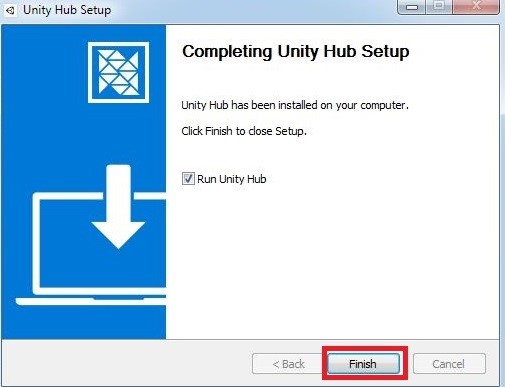

The SDK was installed during step 1 (if you installed Android Studio this path was set during the the installation).

In Unity open Edit > Preferences… and select External Tools from the sidebarĪt the bottom of the external tools unity preferences tab you’ll see a sub-heading for ‘Android’ with 3 empty boxes.If you’re planning on converting an existing project into an android project make sure you make a backup of the project beforehand! Launch Unity and either create a new project or open an existing project.Install Unity (With android build support)ĭuring the Unity installation you’ll be asked which features you want included with your Unity installation, make sure Android Build Support is checked!.If you’re a new Unity developer you can started with the free personal edition of Unity here! Otherwise if you’re either not eligible for Unity Personal or own a Unity license you can choose which edition of Unity to download from here! Download the Java Development Kit (JDK)ĭownload the latest version of the JDK from the Oracle website here!.Make sure to keep note of the android SDK location during the installation as you’ll need it later! The easiest way to install the android SDK is to simply download Android Studio, it’s a useful Java IDE and the installer sets up the android SDK and other environment variables for you! (If you’re an advanced user and just want the command line tools then you can download it separately at the bottom of the page and use the sdkmanager to install packages separately.)


Steps to setup your Unity Android Build Environment


 0 kommentar(er)
0 kommentar(er)
